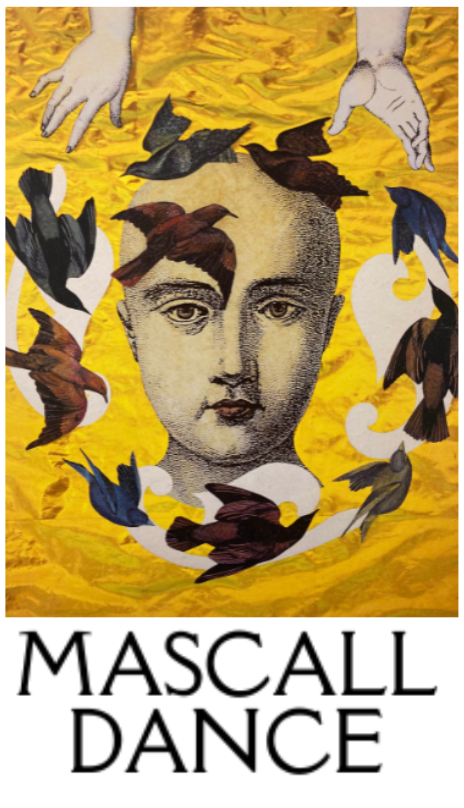NOTES FROM THE PANDEMIC - MARCH 20th. 2020
““When facing difficult challenges,
I always say to myself:
”Don’t go to fear”
and
”What are the blessings hidden in the shadows?””— Bonnie Bainbridge Cohen
Our company, like all workplaces internationally, is in the process of re-inventing and re-arranging how we can conduct ourselves as we all try our best to “flatten the curve”. Here we are re-posting an exemplary letter written by Ziyian Kwan to the Canada Council for the Arts (with her permission). It articulates superbly the particulars of the “gig economy” on which our work rests. The artists with whom we work are falling through the economic cracks in the recent crisis, and we are seeking all avenues of advocacy possible.
“I just sent this email to colleagues at Canada Council. I encourage you to also communicate if you have input that might support government agencies in supporting artists. ”
— Ziyian Kwan
To Whom It May Concern at The Canada Council for The Arts,
I am writing to advocate for independent dance artists and project-based dance companies who like our colleagues with operating organizations, are impacted by closures, cancellations, and rescheduling due to COVID 19.
I read that The Canada Council is planning measures to assist artists who experience loss of income. Thank you for this consideration.
I’m concerned that it will be difficult to measure the losses of independent artists and project-based companies, whose activities are not supported by operating capacity, infrastructure or resources.
By way of example, I’ve contracted three artists for a June 2020 project. The partnering venue is implementing a shutdown of indeterminate duration and therefore, the project might be rescheduled for a later date. The artists are contracted for Mar – June but I will not be able to compensate their loss of employment because funds are reserved for project fruition, whenever that will be.
Moreover, because it is a self-presentation without guaranteed fee, there is no room in the budget to even offer partial compensation.
So I am in the terrible position of putting three artists out of work, employment that enables them to pay their living expenses for three months. Without an operating budget that has a contingency reserve, I’m unable to pay my colleagues. And without an operating salary, I’m also unable to pay myself.
In talking with a Vancouver dancer who is part of the ‘gig economy’, another reality is that even if projects are rescheduled, the dancer may not be available for a later iteration of the contract. The way most independent dance artists carve a living is through juggling many contracts, so it is often impossible to reschedule.
Another concern is access. If resources are available to independent artists, it’s imperative we have access that is based on our independent estimations of loss, to correctly assist compensation calculated by employers.
There is currently a survey in circulation from the BC Alliance for Arts and Culture and GVPT but in completing the survey, I realized that it does not capture the realities of dance employment.
So I’m wondering if there is voluntary work that I and other dance artists can do, perhaps in co-ordination with organizations such as CADAWest, Made In BC or The Dance Centre, to help funding bodies assess the situations of project-based dance companies and independent dance artists.
Perhaps we can gather information, facts, and figures to compile a dance specific overview, one that gives on the ground details of what is happening for independent dance artists and project-based companies in Vancouver?
Thank you for reading this email. I hope that you will reach out to me if there are ways in which I and the community can support The Canada Council For The Arts in its efforts to help Canada’s dance community in these uncertain times.
Sincerely,
Ziyian Kwan, Dance Artist
